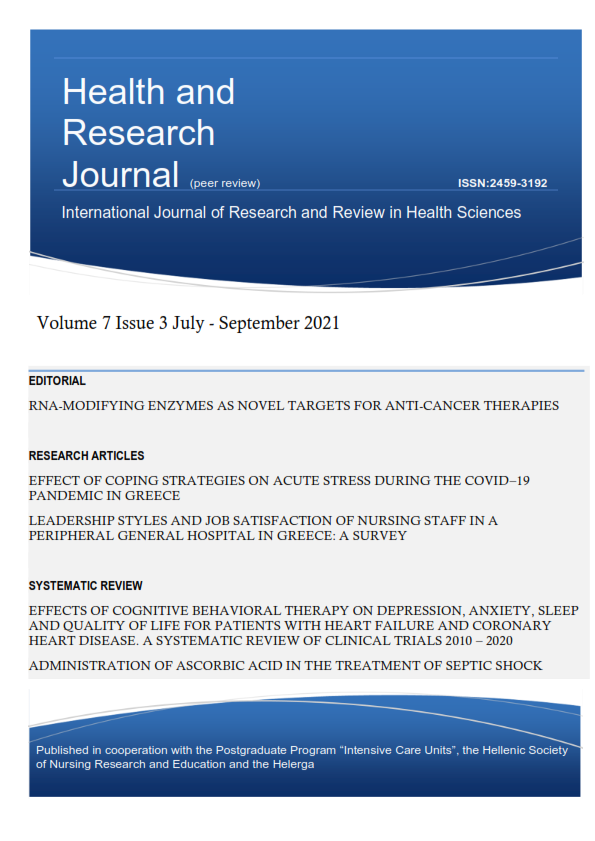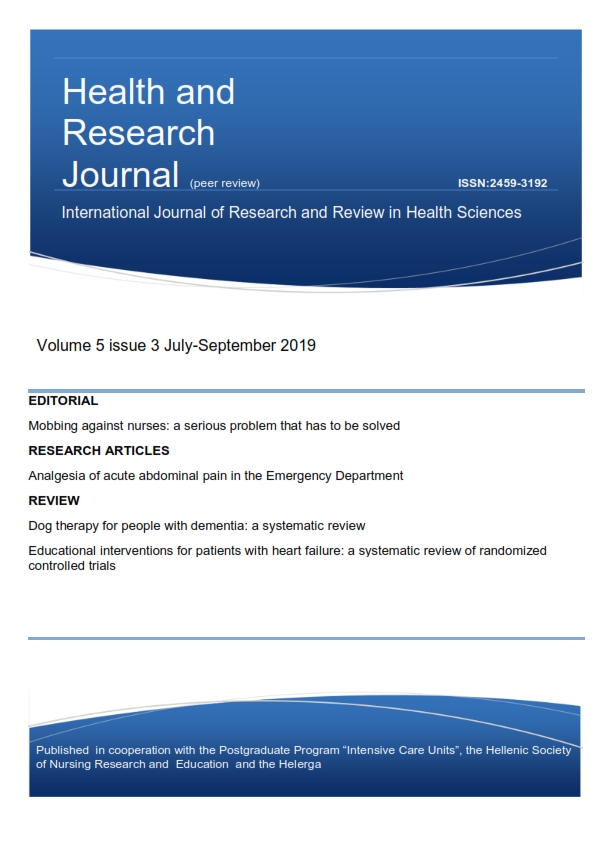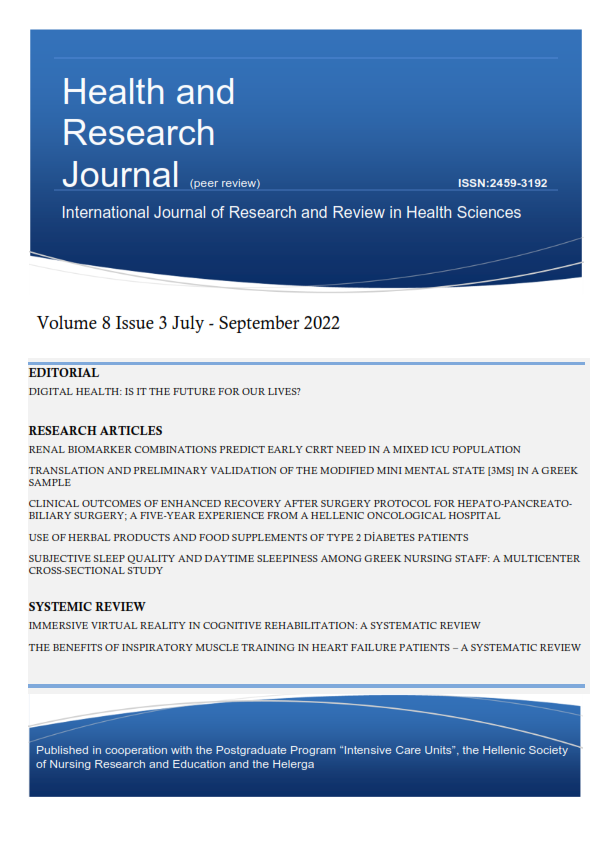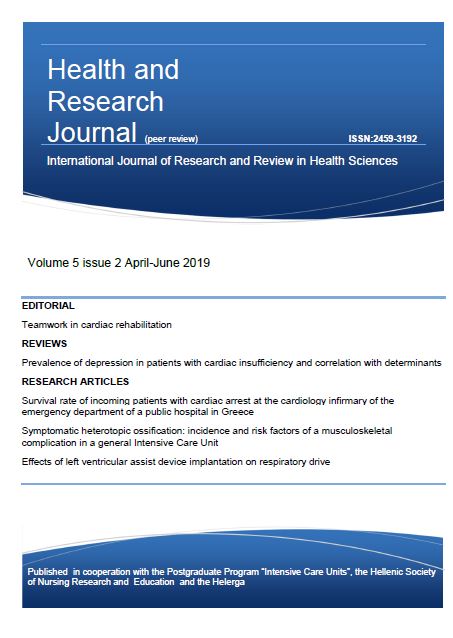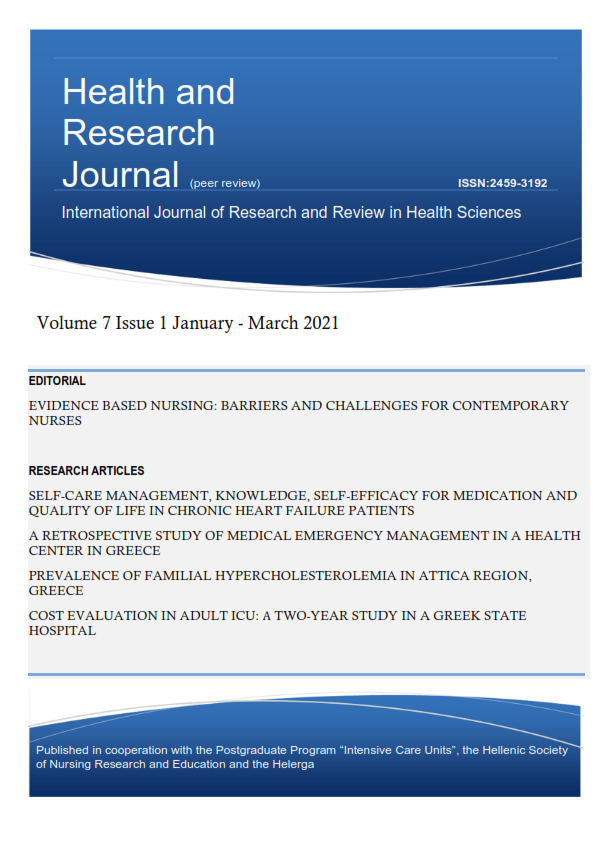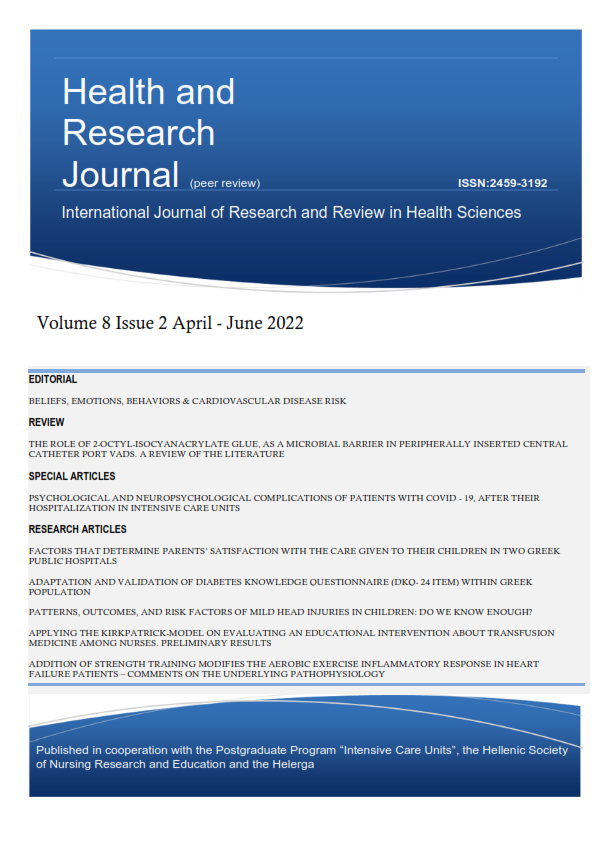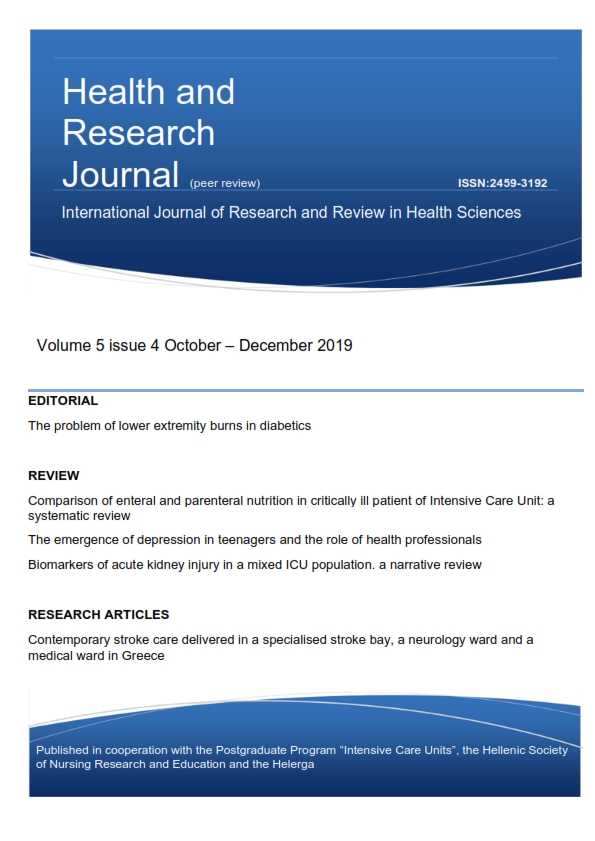High-vs medium-frequency neuromuscular electrical stimulation protocols on muscle mass in Intensive Care Unit patients, a pilot study
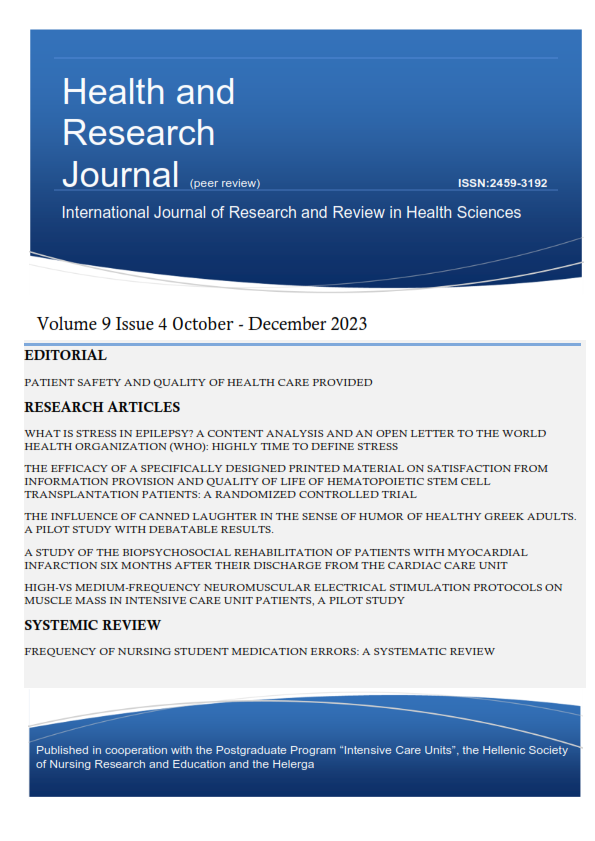
Abstract
Aim: The aim of the present study was to investigate whether a high-frequency (HF) neuromuscular electrical stimulation (NMES) protocol could result in a smaller loss of muscle mass than a moderate-frequency (MF) protocol in ICU patients.
Methods and materials: In this randomized pilot control trial, patients of the two intervention groups followed daily NMES sessions from the day of ICU admission until the tenth day. All study groups received physiotherapy in terms of usual care. Muscle layer thickness was assessed with ultrasound in the vastusintermedius (VI) and rectus femoris (RF) muscle to evaluate changes in muscle mass.
Results: Totally 58 patients were allocated into three groups and 29 were finally analyzed (control: 10, MF: 12, HF: 7). Significant differences (p=0.05) between control and pooled NMES groups were observed for the right RF and VI. Significant differences in favor of HF vs MF group were observed for the left RF (3.6±15.3 vs 7.2±7.9% respectively, p=0.04). No differences were found regarding the number of sessions and presence of oedema (p>0.05), while strength of contraction during sessions tended to be somewhat higher in the HF (p=0.09).
Conclusion: HF may be more effective than MF to prevent muscle mass loss in ICU patients. More studies are needed to determine the optimal NMES characteristics.
Article Details
- How to Cite
-
Georgopoulos, C., Katsogianni, A., Patsaki, E., Sidiras, G., Vasileiadis, I., Magira, E., Nanas, S., & Karatzanos, L. (2023). High-vs medium-frequency neuromuscular electrical stimulation protocols on muscle mass in Intensive Care Unit patients, a pilot study. Health & Research Journal, 9(4), 219–236. https://doi.org/10.12681/healthresj.34252
- Section
- Original Articles
Copyright notice:
The journal "Health and Research Journal" reserves the rights for copyright of the content of the website and also the copyright of the articles published.
By virtue of their appearance in this journal, the articles are free to be used for non-commercial purposes. However, the articles cannot and must not be used in anyway, published elsewhere or modified without any reference to the author and the first publication of the article.



